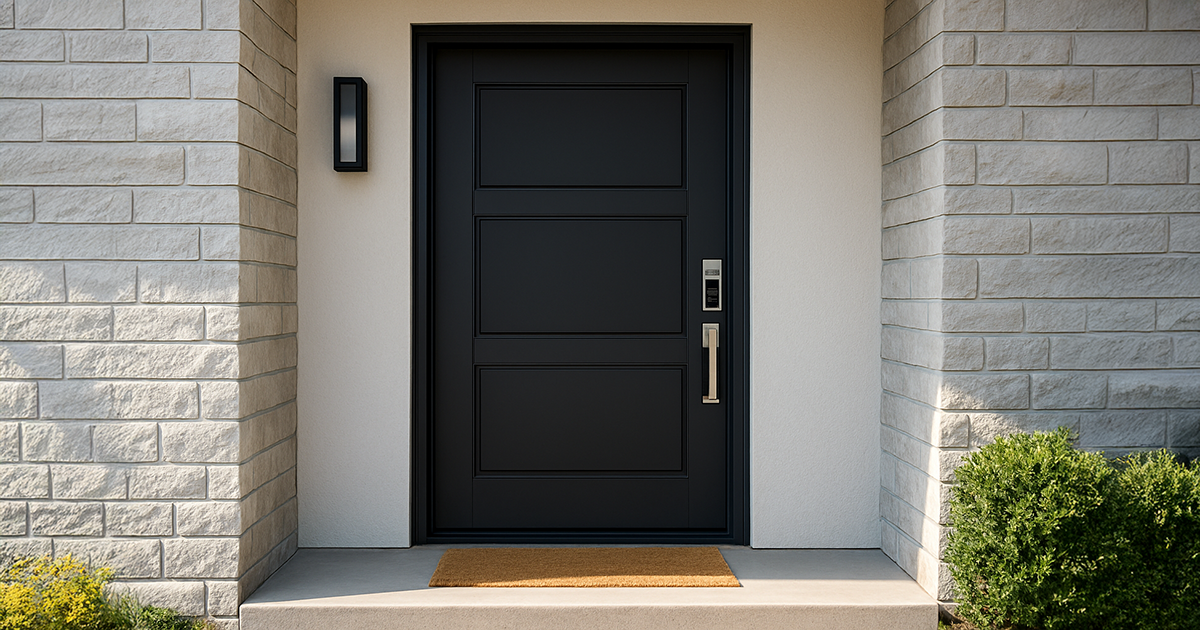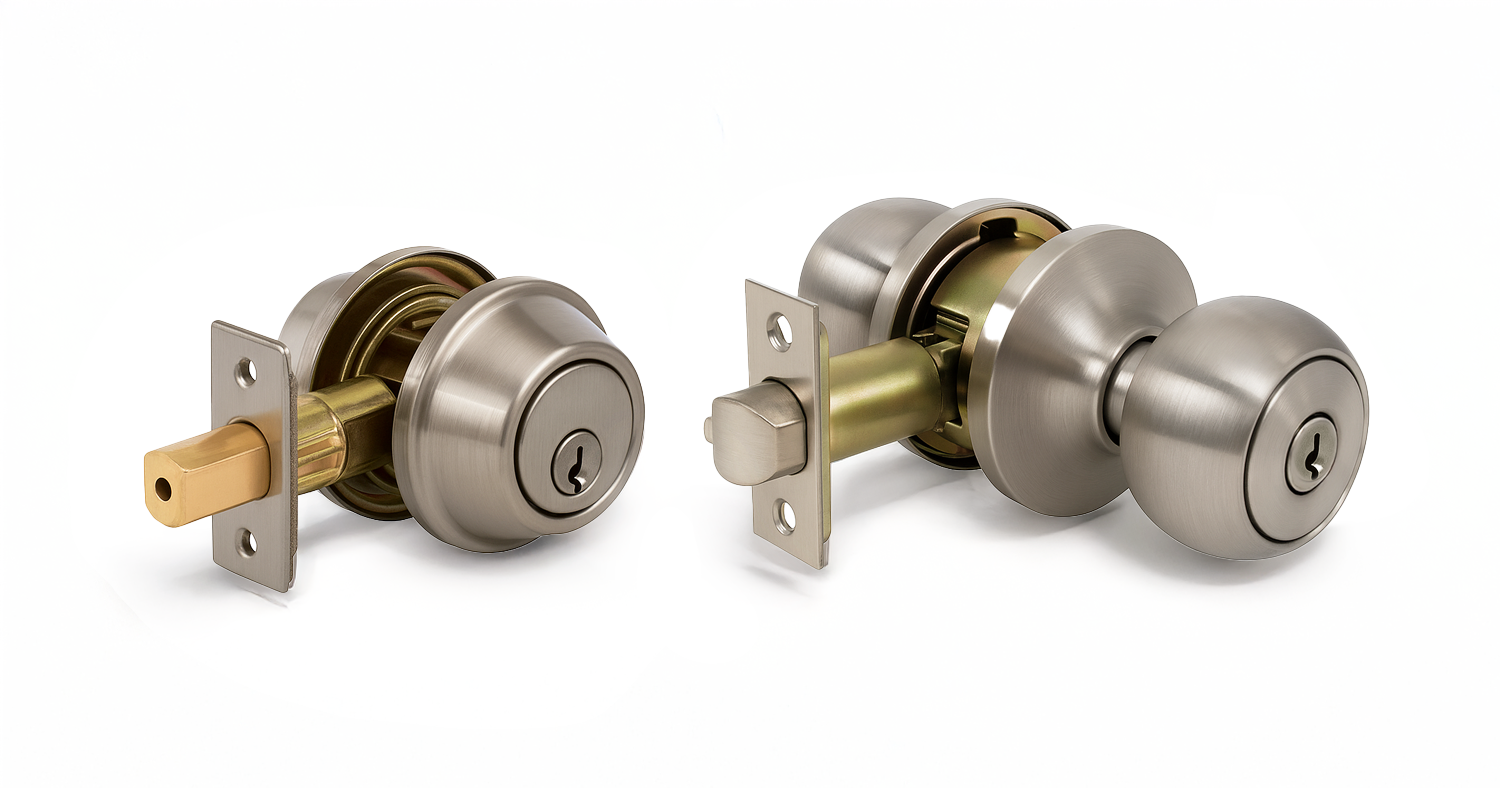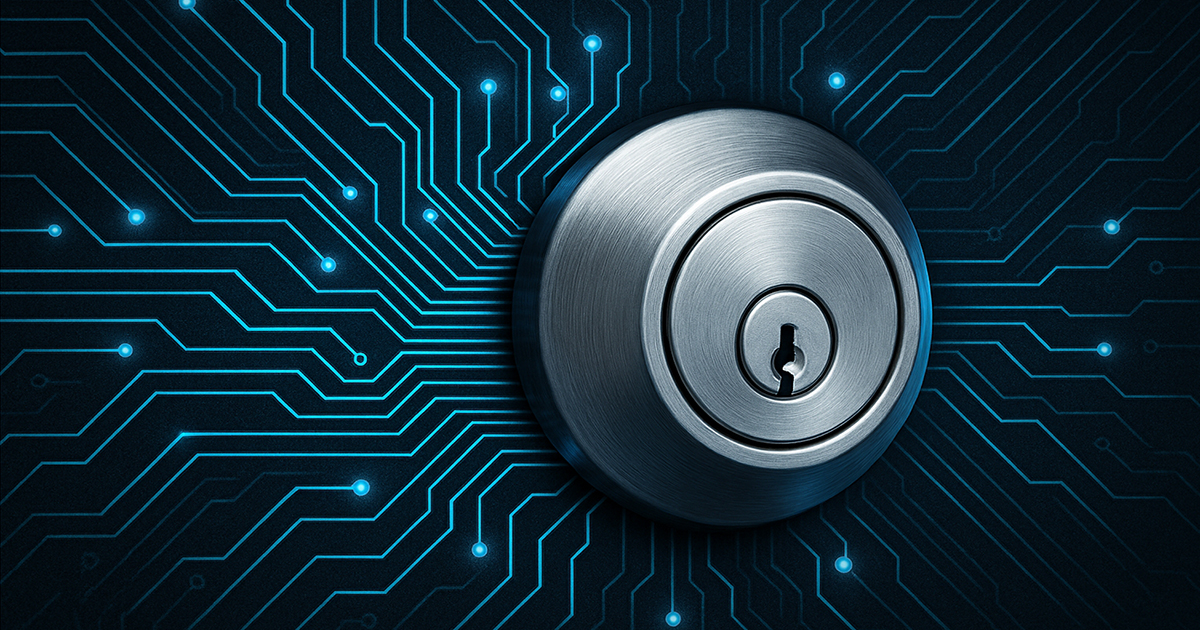Insights > Article > Posted: 2025-Sep-22, Updated: 2025-Oct-02
Typical Lock Types: What You Need to Know
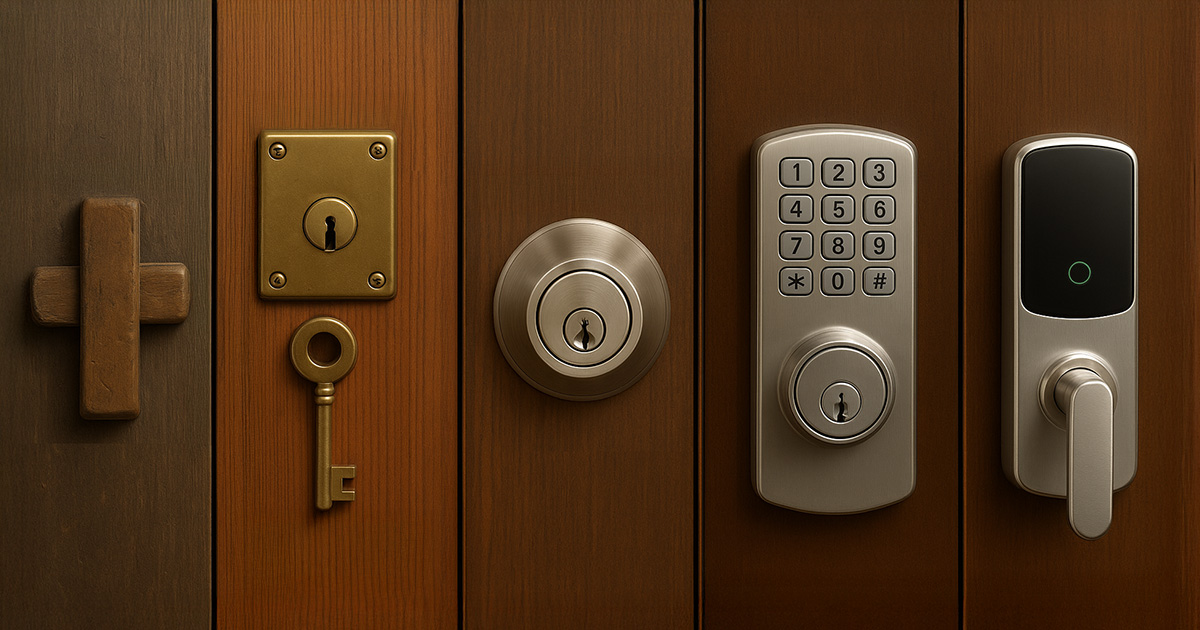
In this article:
Typical lock types
While some older traditional lock designs are still in use today, modern technology has introduced a wide range of options, from simple key-operated locks to advanced smart locks that can be controlled remotely via the internet. With countless brands, styles, and features available, homeowners now have more ways than ever to secure their homes effectively and conveniently.
The right door lock should offer more than security; it should bring convenience, durability, and peace of mind.
The deadbolt lock
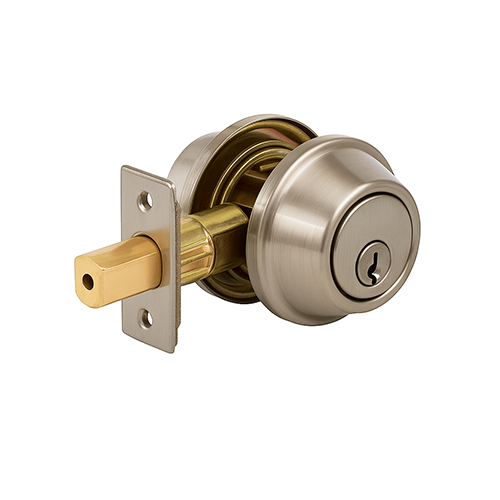
Deadbolts are one of the most trusted and widely used entrance door locks, valued for their strength and simplicity. Unlike spring-based locks, a deadbolt uses a solid metal bolt that extends deep into the door frame and can only be moved with a key from the outside or a thumb-turn from the inside, making it far more resistant to forced entry.
They come in single-cylinder versions (key outside, thumb-turn inside) and double-cylinder versions (key required on both sides), depending on the level of security needed. Deadbolts are commonly found on front doors, side doors, and back doors of homes and are often paired with a spring knob or lever lock to combine convenience with high security.
The keypad lock
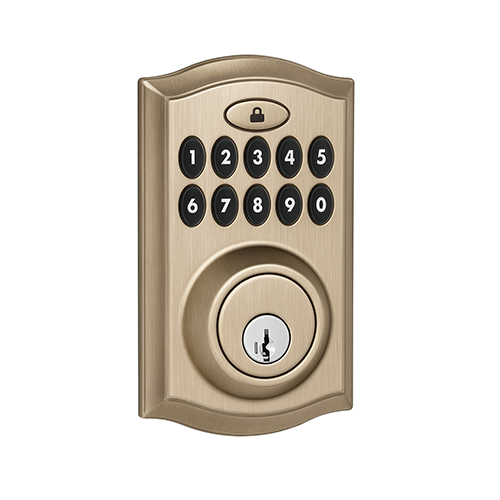
A keypad lock is a keyless entry system that uses a numbered keypad instead of (or in addition to) a traditional key. To unlock the door, you simply enter a personal access code, which makes it convenient for families, guests, or service providers without needing to share physical keys. Many models also include features like one-touch locking, temporary codes, and backup key access.
Keypad locks are commonly found on front doors, side entrances, rental properties, and home offices, offering a balance of convenience and security.
The smart lock
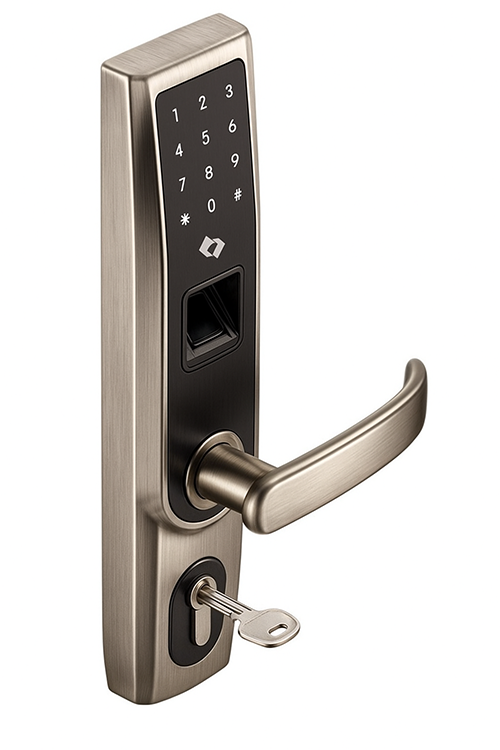
A smart lock is a versatile electronic door lock that lets you lock and unlock your door in multiple ways:
- smartphone (using Wi-Fi or Bluetooth)
- fingerprint
- keypad
- traditional key
You can easily control who gets in — family, visitors, or service people — using features like remote unlocking, activity tracking, or temporary access codes. Smart-lock technology isn’t limited to deadbolts: it’s also available for mortise locks, rim locks, multi-point locks, and spring-knob locks, though in Canada, most options are still focused on deadbolts, with other types less common or requiring special order.
You’ll commonly find smart locks on front entrances, rental properties, and modern homes where convenience and connected features are a priority.
The mortise lock
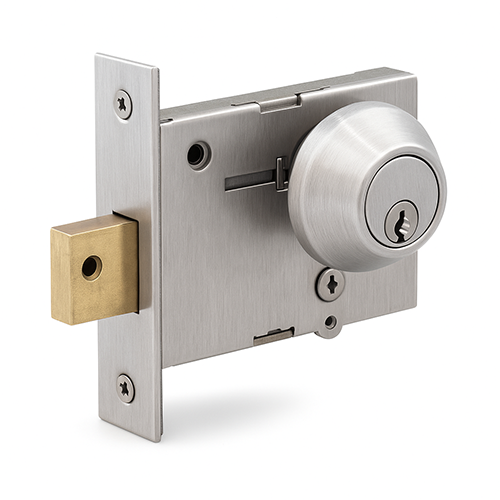
A mortise lock is a traditional style of lock that is encased within a door. Found in older buildings, mortise locks require a sizable pocket cut into the side of the door to house the mechanism, and they were originally operated with a skeleton key. Mortise locks are more difficult to install than today's more modern lock types; they are more common in Europe.
The mortise hook lock
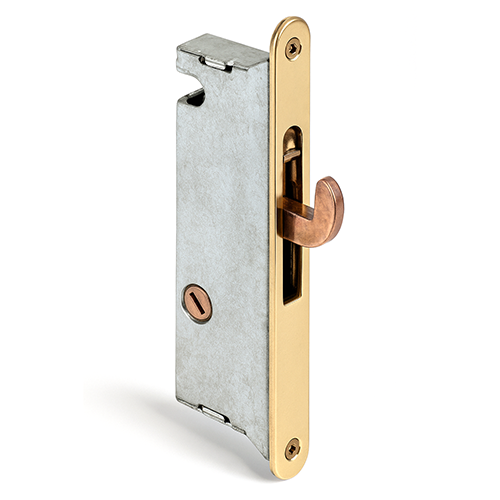
A mortise hook lock is the most common locking system used in sliding patio doors. Built into the edge of the moving panel, it uses a hook-shaped latch that swings up and grabs onto a strike plate in the frame when locked. This hook action makes it harder for the door to be lifted or forced out of its track compared to a simple latch.
Mortise hook locks are commonly used on vinyl, aluminium, and wood-clad sliding patio doors. They typically feature a keyed cylinder on the exterior and a latch on the interior, and are often supplemented with auxiliary locks or security bars to provide enhanced protection against forced entry.
.
The multi-point lock
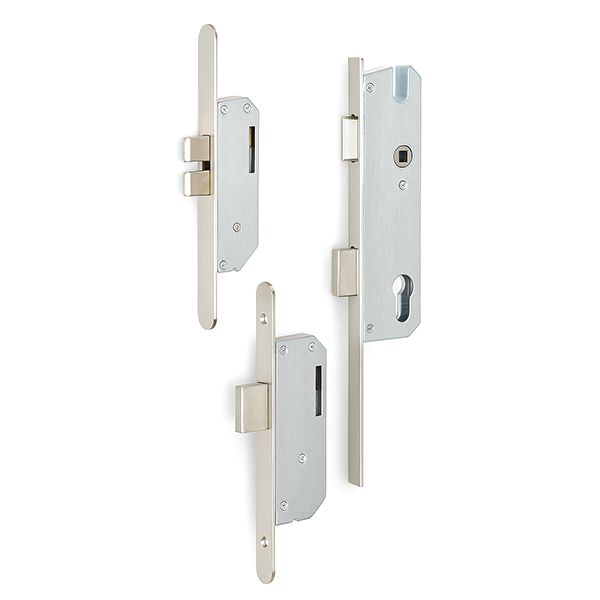
Multi-point locks are advanced entrance door locking systems that secure the door at several points — usually the top, middle, and bottom — with just one turn of the key or lift of the handle. This design provides greater protection against forced entry, while also pulling the door snugly into the frame for better energy efficiency and weather sealing.
They’re commonly found on modern fibreglass, steel, and high-performance wood entrance doors, as well as on many patio and garden doors, where extra strength and stability are needed.
The spring knob lock
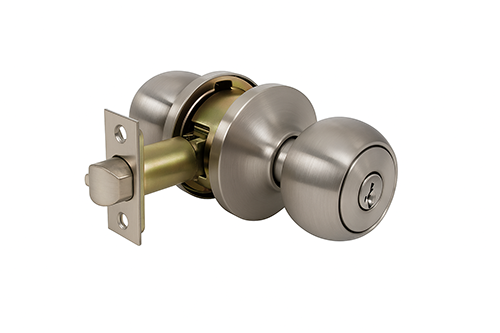
Spring knob locks, sometimes called key-in-knob locks, are one of the most common and affordable types of entry hardware. They use a spring-loaded latch that retracts when you turn the knob, and can be locked with a key from the outside or a simple turn button from the inside. Because the latch alone can be forced, they’re generally not recommended as the sole lock on an exterior door — instead, they’re often paired with a deadbolt to provide stronger security.
You’ll typically see spring knob locks on basic entrance doors, side doors, and garage entry doors, where convenience and affordability are the main priorities.
The Rim lock
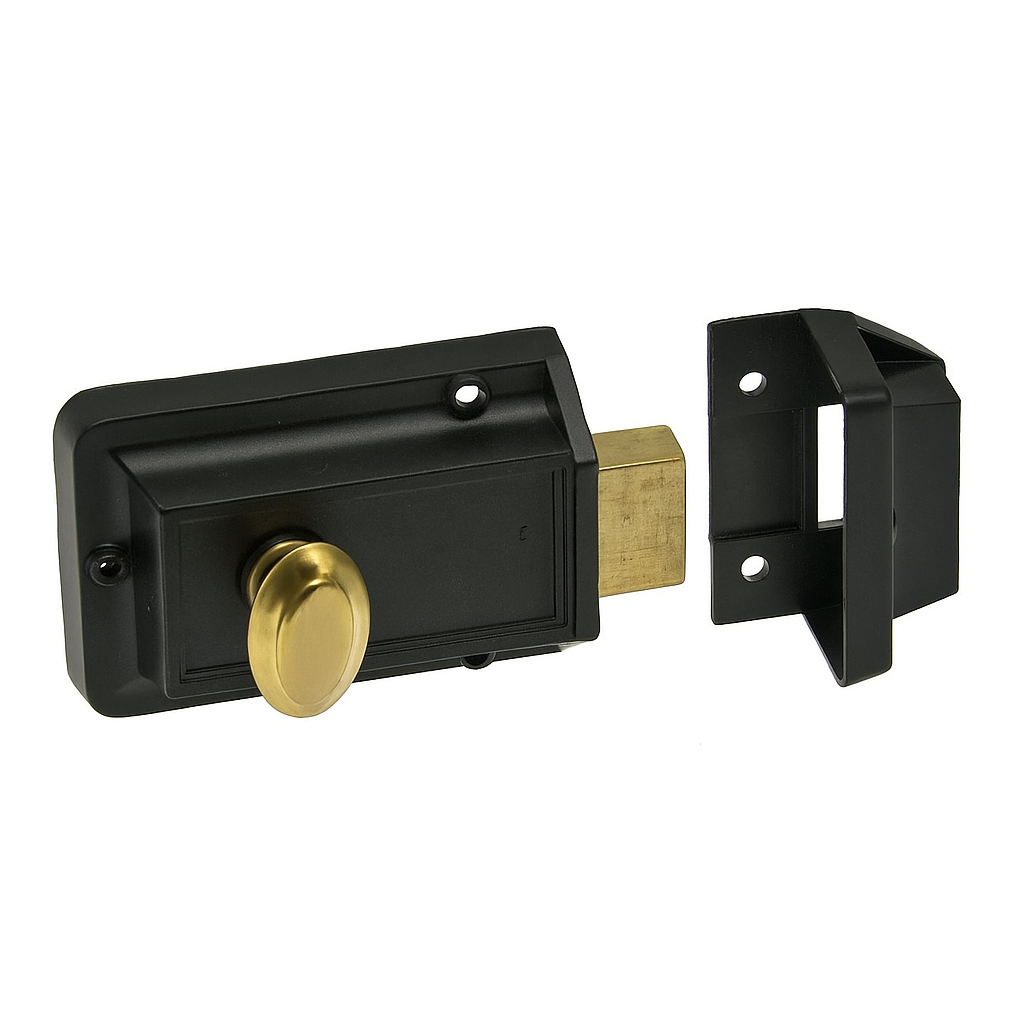
A rim lock is a traditional locking device mounted on the face of a door, rather than inside the door edge. Originally a simple keyed lock, modern rim locks have evolved to include keypads and smart lock technology, offering greater convenience while maintaining a classic style.
While not as secure as deadbolts or multi-point locks, rim locks are well-suited for thin doors, interior doors, or secondary entrances, and are occasionally used in Canada on vintage homes, interior doors, or decorative exterior doors where high security is not the primary concern.
Smart security: combining strength and convenience
For optimal security, consider combining a deadbolt with a lockable spring knob lock or another multi-point locking system, which secures your door at multiple points for added strength. For convenience, a keypad or smart lock can be paired with these traditional locks without compromising safety. When choosing any lock, look for trusted certifications like ANSI/BHMA grading to ensure you’re getting a durable, high-quality product.
Climate & maintenance considerations
In Ottawa’s climate, exterior door locks need to withstand freezing temperatures, humidity, and corrosion to remain reliable. Regular maintenance, such as inspecting the locks, applying lubrication, and checking batteries for electronic or smart locks, helps ensure they continue to operate smoothly and last for many years.
Thoughts on choosing
When choosing a lock for your home, consider how many people will need access on a regular basis and whether features like remote or keyless entry are important for convenience. While there are many types of locks available, in the Ottawa area, most homeowners typically use deadbolts, multi-point locks, and smart or keypad locks. It’s also worth evaluating your door material, as certain locks perform better on fibreglass, steel, or wood, ensuring both durability and smooth operation.
Related articles
Need help?
Selecting the right lock for your new entrance door enhances not only your home’s security but also your convenience and peace of mind. By understanding the various types of locking hardware, maintenance needs, and climate considerations, you can confidently choose the option that fits your lifestyle.
Visit our showroom or contact our team for hands-on demos and personalised advice on the best locking hardware for your new entrance door.
Considerations
Window into a Door
